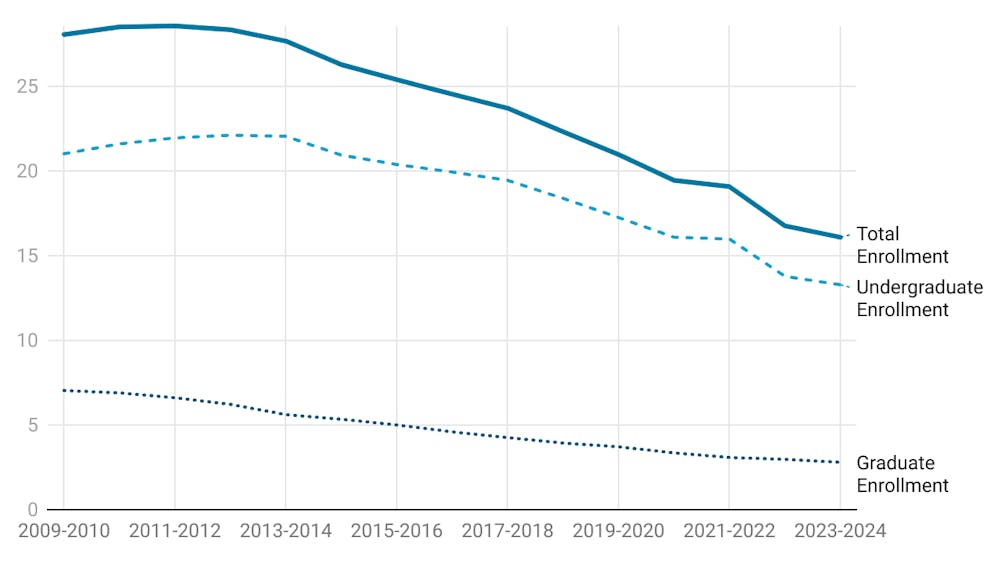The World Bank has devised a way to assess the urban competitiveness of a city, a rubric that uses four elements: economic structure, territorial endowment, human resources and institutional milieu.
A city’s economic structure can be determined by the industries and businesses which make up the local economy. Territorial endowment is location, location, location as well as the natural resources in a community and the physical infrastructure in place. Human resources translate as human capital, in other words the educational or intellectual infrastructure in place. The fourth element, institutional milieu, is civic institutions and the hard-to-quantify business culture of a city.
Applied to the city of Ypsilanti, the rubric shows a community in transition with much potential – both to succeed and fail. In my interview with Mayor Paul Schreiber, he said the city was in transition from a community that relied on manufacturers to a place where a public university is its jewel. The constant worry has been this: does the city have the money to make the transition?
The city of Ypsilanti was almost like so many municipalities in the state – a fiefdom with an auto plant as its castle. Cities relied on auto plants for employment like serfs relied on their lords and vassals. Once the castles crumbled – the auto plants closed – these communities, like Flint and Benton Harbor, withered.
In 2008, the [Visteon] ACH plant owned by Ford Motor Company located in Ypsilanti closed.
However, the city did not wither. It had already developed a noteworthy downtown area with a decent amount of restaurants and small stores. And its castle wasn’t an auto plant – it was a public university.
“Eastern Michigan University remains an economic driver in the City, as one of the largest employers,” read the draft of Ypsilanti’s Master Plan. Aside from EMU, the local economy is comprised of mostly retail stores, eateries and health care companies. Information from the Master
Plan shows a survey of business types within the city.
The top five business types are eateries and pubs (13 percent), retail (10 percent), health care (9 percent), financial services (8 percent) and automotive (7 percent). Salons, art and entertainment, and convenience stores make up a smaller portion of the local economy.
Beyond those data points, the city’s economic structure can be somewhat hard to discern. Because the city is so small, there is no official unemployment rate (which can only be assumed to be around 7 percent) that is tracked by the U.S. Bureau of Labor Statistics. Ypsilanti Township’s unemployment rate was 6.9 percent as of August, and Ann Arbor’s unemployment rate was 6.6 percent.
And after initial inquiries, it appears that the city does not keep a tally of how many business permit applications it processes each year. That data is not a perfect metric, but it would have provided at least a peek into the business activity within the city border. (Mayor Schreiber was helpful in the attempt to accrue this data.)
One of the city’s monetary incentives is the low cost to rent, which makes up for its lack of territorial endowment. The city is, in its own words, landlocked. And it is certainly not Williston, N.D., a small city where an oil boom has led to a 1 percent unemployment rate.
Human resources within the city remain idle and underdeveloped. In a city whose epicenter is a public university, there does not appear to be many symbiotic partnerships underway. The educational attainment of the city’s residents is also below that of Ann Arbor, which hosts the University of Michigan. There is, however, an educational infrastructure in place that can be built upon.
The institutional milieu of the city must be bifurcated into two parts: a description of its civic institutions and its business community. For a small city, the only civic institution of any importance is city hall, an unassuming building at 1 S. Huron St. where power and resources are centered. Unfortunately, due to fiscal constraints and personnel reductions, the city does not have the means to exercise much influence over the local economy.
All measures of economic development must be done at a low cost. That is not to say measures which cost little are inherently ineffective. But the city does not have the resources for massive overhauls of any sort. With that said, the elected officials are very interested in redevelopment – a positive in the overall assessment of the city’s business culture.
“I see the businesses as one of our key constituents, and my role is to support them, make doing business in Ypsilanti as easy as possible and promote them and the DDA as a great partnership,” said Tim Colbeck, the head of the Downtown Development Authority. “We see ourselves as an advocate for businesses and always try to make the districts an attractive place to do business as well as an easy place to do business.”
Clearly, there is a desire to accommodate business activity. A survey conducted by the city reported, “In focus groups, residents expressed a fierce devotion to local businesses.”
There is an incentive to set up shop in the city – the costs to rent are low. And the public as well as their elected officials want more local business activity. From this assessment it is plain to see that, while the city lacks territorial endowment, it has an accommodative business culture and the local economy is not dependent on the auto industry.









